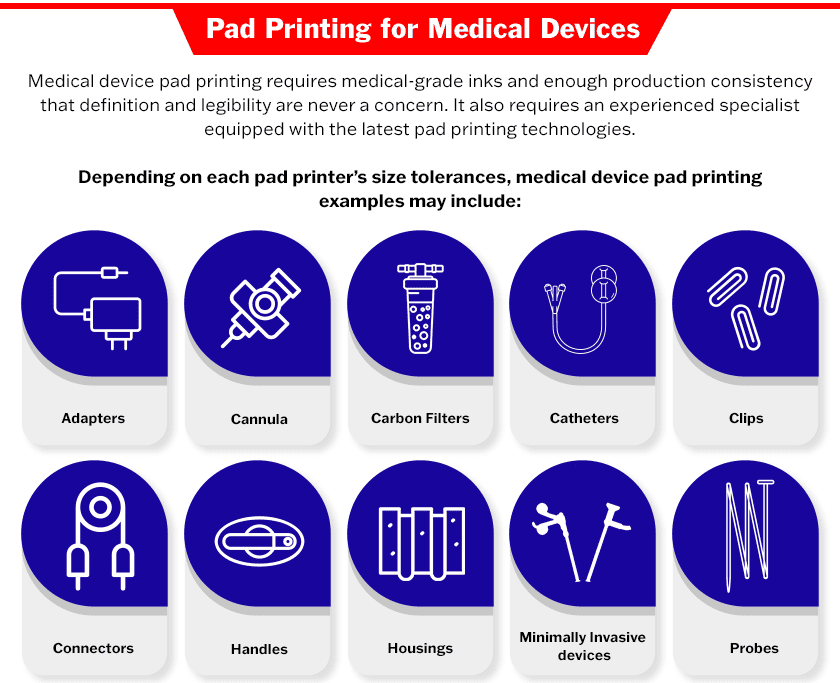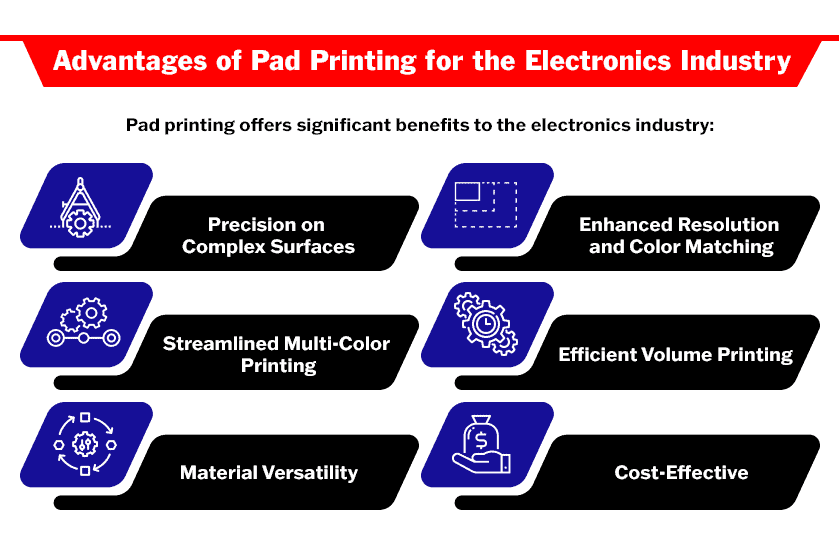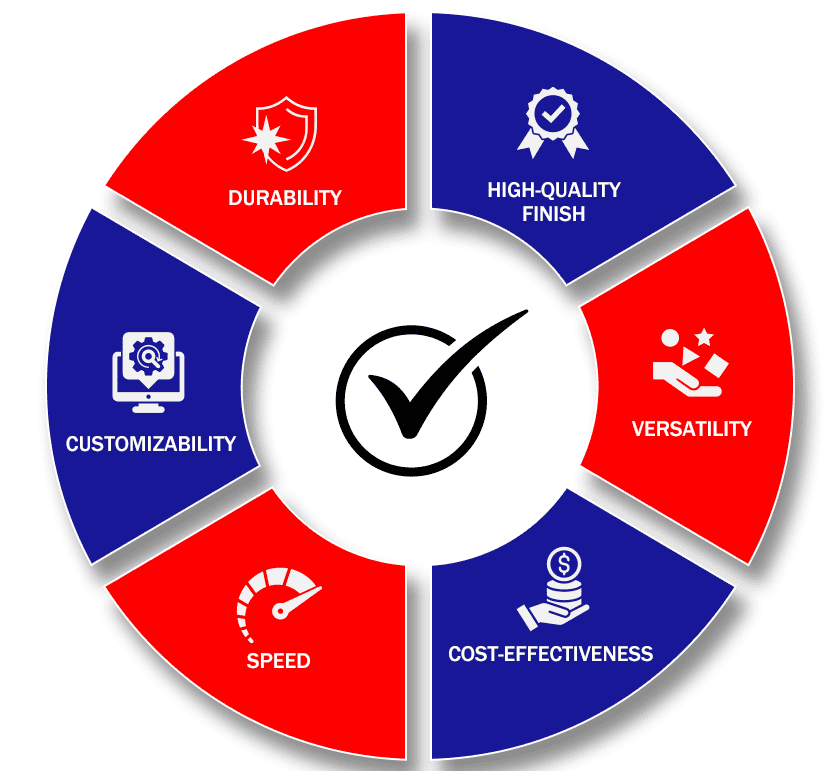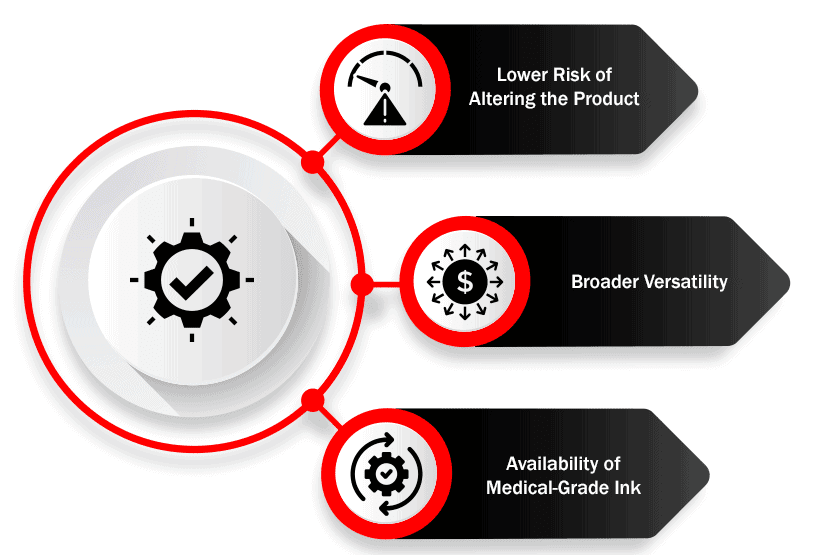How to Find the Right Pad Printing Supplies For Your Business
Leave a CommentTeca-Print is a worldwide leader in manufacturing pad printers and printing supplies. We have over 35 years of experience delivering solutions that optimize your pad printing process. Rapid, high-quality pad printing results depend on the proper printing equipment, consumable supplies, and other considerations. Here, we will guide you through selecting the ideal equipment and supplies for your setup, with additional items to consider for your pad printing needs.
Printing Equipment
The right pad printing equipment is critical to the function and efficiency of your pad printing operation. The following printing equipment and components set the stage for a seamless pad printing process:
- Pad Printing Machine: The pad printing machine is the primary component of your printing setup. Select a machine with the ideal automation level, print area size, color capabilities, and other valuable features that meet your printing needs.
- Cliché Plate: A cliché is a metal plate laser-engraved or etched with your desired design or image in reverse.
- Printing Pad: The printing pad transfers ink to the printing substrate from the cliché. Printing pads come in various hardnesses, shapes, and materials, allowing you to select the ideal pad for the level of detail and curvature of the intended printing surface.
- Ink Cups: These components hold various colors of printing ink. It is essential to select inks compatible with the material you intend to print on and your printing machine.
- Doctor Blade: A doctor blade removes excess ink and residue from the cliché to ensure each print transfer to the pad is clean.
Consumables
The following consumable pad printing supplies are necessary for high-quality results:
- Inks: Investing in specifically formulated, superior-quality pad printing inks is critical to successful printing. For optimal durability and adhesion, select the best ink for your intended substrate material, such as glass, metal, or plastic.
- Solvents: Cleaning solutions help maintain your pad printing equipment to deliver consistently high print quality.
- Cleaning tape: Specialized cleaning tapes remove ink and residue from the printing pad to support high-quality prints.
Additional Considerations
While pad printing equipment and consumable pad printing supplies are necessary to produce high-quality prints, also consider the following add-ons to further enhance the quality and efficiency of your printing operation:
- Cliché Development System (Optional): This system assists in creating and cleaning cliché plates to optimize your printing workflow.
- Workholding Fixtures (Optional): These fixtures secure objects during printing to enhance alignment for consistent and reliable results.
- Personal Protective Equipment (PPE): Safety glasses, gloves, and other PPE should be used when handling pad printing inks and solvents.
Pad Printing Supplies From Teca-Print
Developing the optimal pad printing setup depends on high-quality printing equipment, consumable supplies, and special considerations to meet your unique needs. Start by selecting the equipment for your pad printing process and all necessary consumable materials. To further optimize your operation, consider additional options that can improve efficiency and print quality for your customers.
Teca-Print has been delivering pad printing solutions since 1989. Our team works closely with you to offer collaborative solutions for your printing needs. Contact us to connect with a specialist for our pad printing solutions.




